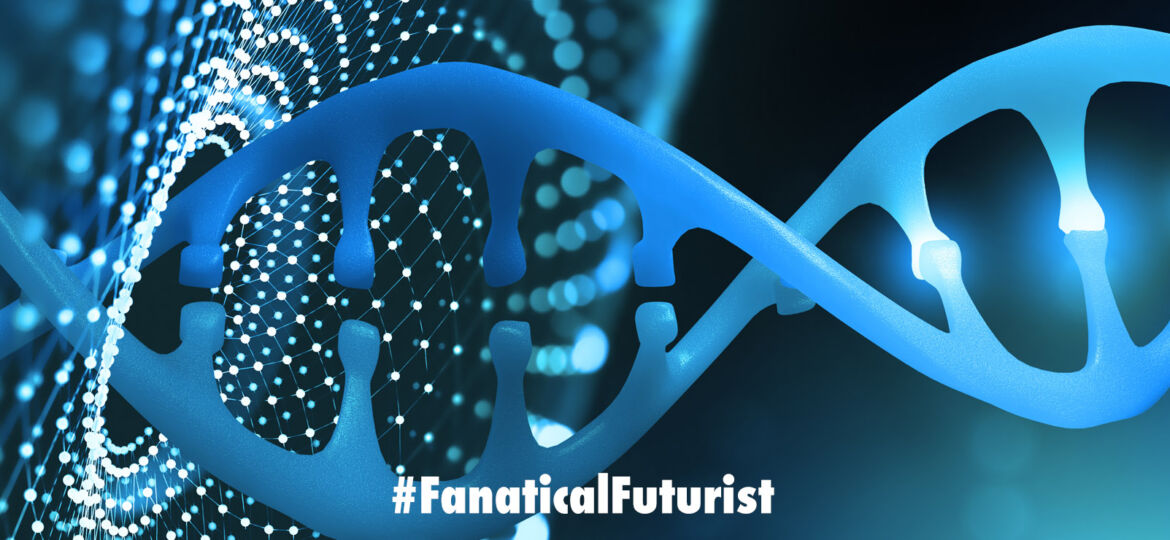
WHY THIS MATTERS IN BRIEF
The future of computing is biological, every other form of computing platform from quantum to neuromorphic, will just be transitory.
 Interested in the Exponential Future? Connect, download a free E-Book, watch a keynote, or browse my blog.
Interested in the Exponential Future? Connect, download a free E-Book, watch a keynote, or browse my blog.
There have been a number of developments in making the first DNA computers that could ultimately become some of the most powerful computers in the world, including turning human cells into dual core computers, as well as a pathway to turn humans into biological supercomputers. There have also been several advancements in DNA storage, some of which will be commercialised this year. And now, one of the very first DNA computers made from strands of DNA in a test tube has just been used to calculate the square root of numbers up to 900.
Chunlei Guo at the University of Rochester in New York and his colleagues developed a DNA computer that uses 32 strands of DNA to store and process information, and it successfully calculated the square root of square numbers 1, 4, 9, 16, 25 and so on up to 900.
The computer uses a process known as hybridisation, which occurs when two strands of DNA attach together to form double-stranded DNA. To start with the team encoded a number onto the DNA using a combination of ten building blocks. Each combination represents a different number up to 900, and was attached to a fluorescence marker.
The team then controlled hybridisation in such a way that it changed the overall fluorescent signal so that it corresponded to the square root of the original number. The number could then be deduced from the fluorescent colour. The DNA computer could help to develop more complex computing circuits, says Guo.
“DNA computing is still in its infancy, but holds great promise for solving problems that are too difficult or even impossible to handle by current silicon-based computers,” he says.
Guo believes DNA computers may one day replace traditional computers for complex computations.
Journal reference: Small, 10.1002/smll.201903489

















[…] assuming that your computer uses a good amount of energy, that is if it isn’t a DNA based computer or a super powerful neuromorphic computer – both of which run on almost no energy at all but both […]